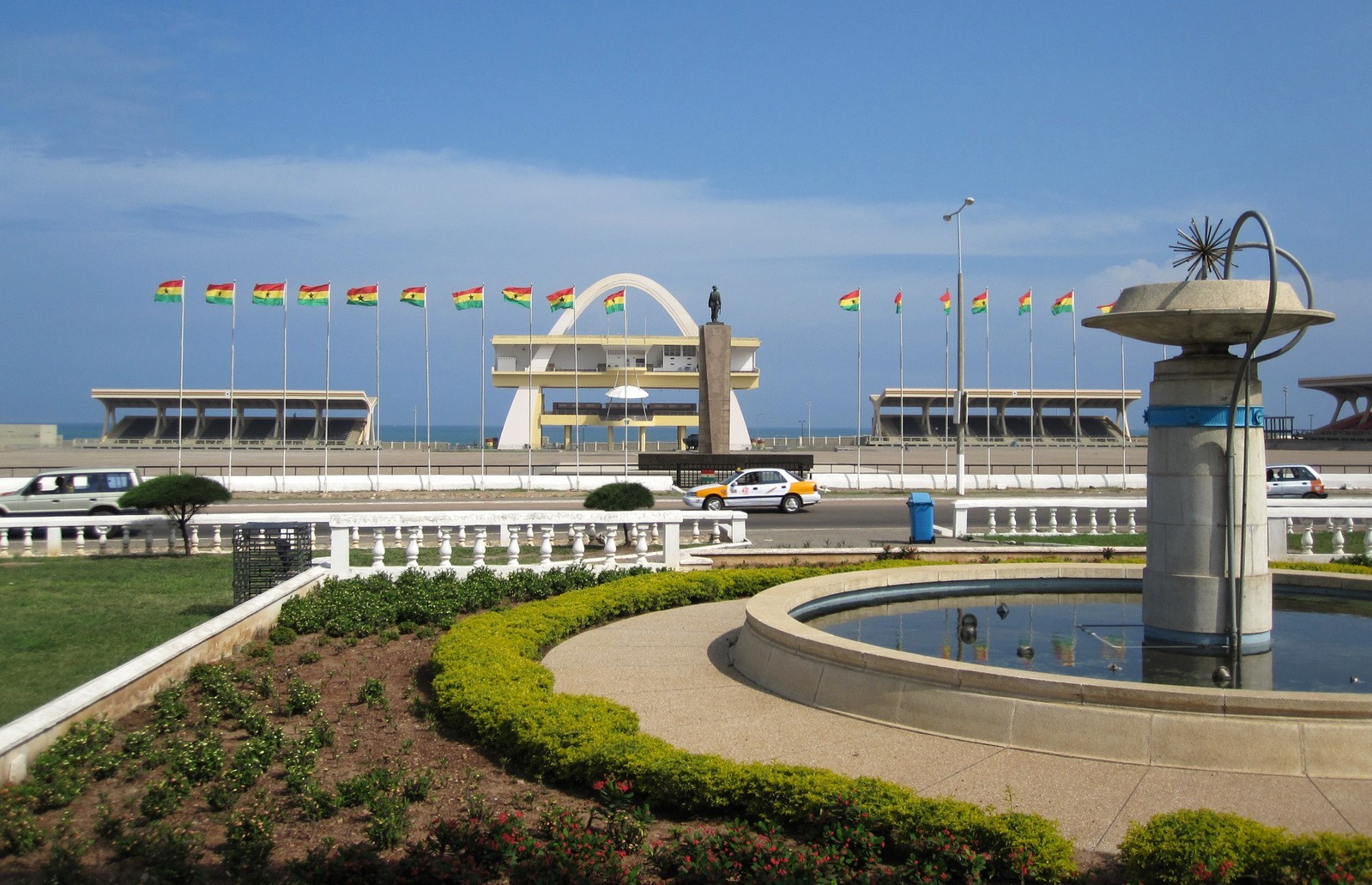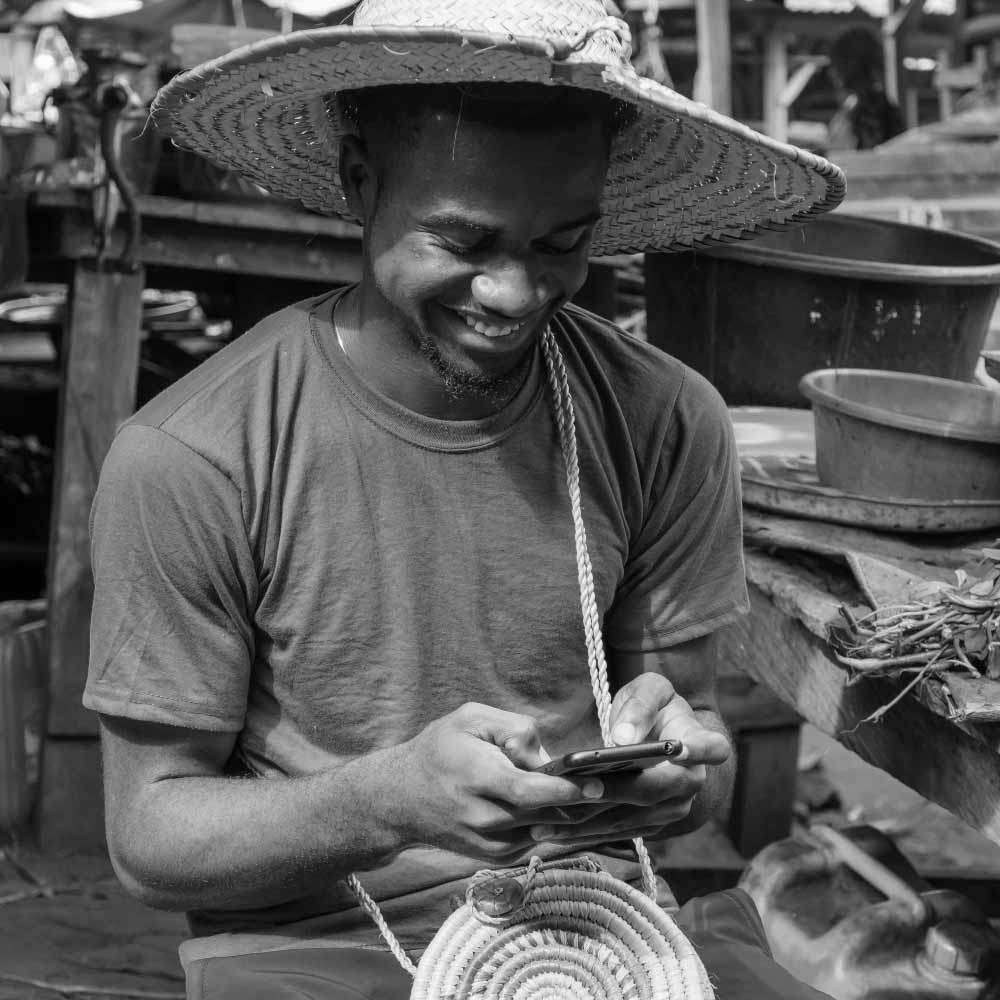- by agyenim-boateng-adjaye
- April 8, 2024
Click the link below to join Our WhatsApp group for daily brief on current trends in the country.
Join Here!
Loading

During the entire Ghana month period, people from different ethnic groups exhibit their rich culture to the world. These include the food they eat, clothes they wear, dance, and a host of others. Today we take a look at some tourist sites in the Greater Accra region.
To begin with is the Black Star Gate which stands proudly in the heart of Accra, Ghana. This iconic structure is not merely a gate; but a gateway to Ghana’s past, present, and future.
The idea of the Black Star Gate was conceived in the post-colonial era when Ghana, formerly known as the Gold Coast, gained independence from British rule on March 6, 1957. The visionary behind this monumental project was Ghana’s first President, Osagyefo Dr. Kwame Nkrumah. He aimed to create a symbol that would represent the newfound freedom and unity of the Ghanaian people.
Also, the name “Black Star” is deeply rooted in Ghana’s history, taken from the iconic Black Star that appears on the country’s national flag. It represents African freedom, and Dr Nkrumah envisioned the Black Star Gate as a physical embodiment of this symbol, a gateway to a new era of self-determination and progress.
Architectural plans for the Black Star Gate were meticulously drawn, with its intricate design, features symbols representing Ghana’s diverse ethnic groups, uniting them under the overarching identity of the Black Star.
Over the decades, the Black Star Gate has evolved beyond its symbolic role. In recent years, it has been a focal point for cultural events, national celebrations, and gatherings. The surrounding area has developed into a vibrant space, attracting locals and tourists alike. The gate has become a living monument, adapting to the changing dynamics of Accra while preserving its historical essence.
The Black Star Gate in Accra, Ghana, is not just an architectural wonder; it is a testament to the nation’s journey towards independence, unity, and progress. As it continues to stand tall, it beckons Ghanaians and the world to experience the profound history and aspirations encapsulated within its monumental structure.
Furthermore, nestled in the heart of Accra, the Kwame Nkrumah Museum stands as a living testament to the indelible mark left by Ghana’s first President and visionary leader, Kwame Nkrumah. Established to immortalize his contributions to Ghana’s independence and Pan-Africanism, the museum provides an immersive journey into the life and times of this influential figure.
The Kwame Nkrumah Museum chronicles this pivotal period, showcasing artifacts, photographs, and documents that illustrate the struggle for freedom. The museum pays tribute to his Pan-African vision, with exhibits highlighting Dr Nkrumah’s role in establishing the Organization of African Unity (OAU) in 1963, now known as the African Union (AU).
The idea of a museum dedicated to Kwame Nkrumah emerged shortly after he died in 1972. The Ghanaian government recognized the need to preserve his legacy for future generations. The museum, situated at the former residence of Dr Nkrumah, officially opened its doors in 1992. Visitors can explore the rooms where Dr Nkrumah lived and worked, gaining insights into his personal and political life.
Beyond being a repository of historical artifacts, the Kwame Nkrumah Museum serves as an educational and cultural hub. It hosts lectures, events, and exhibitions that promote Dr Nkrumah’s ideals of self-reliance, African unity, and social justice. The museum stands as a beacon for scholars, students, and anyone eager to delve into Ghana’s history. The museum had a facelift recently by the ruling New Patriotic Party.
Finally, Kwame Nkrumah Museum remains a vital institution in preserving the legacy of a leader whose vision transcended his time. The structure invites visitors to reflect on the challenges faced by post-colonial African nations and inspires a commitment to the ideals of justice, equality, and unity championed by Kwame Nkrumah. The museum stands not only as a physical structure but as a living embodiment of Ghana’s journey towards freedom and self-determination.

Click the link below to join Our WhatsApp group for daily brief on current trends in the country.
Join Here!
0 Comments: